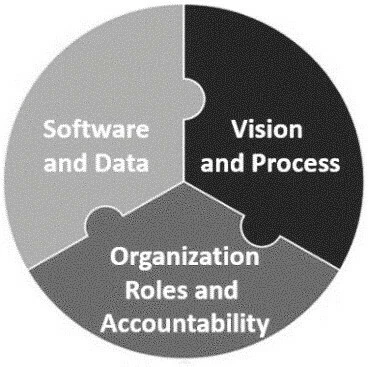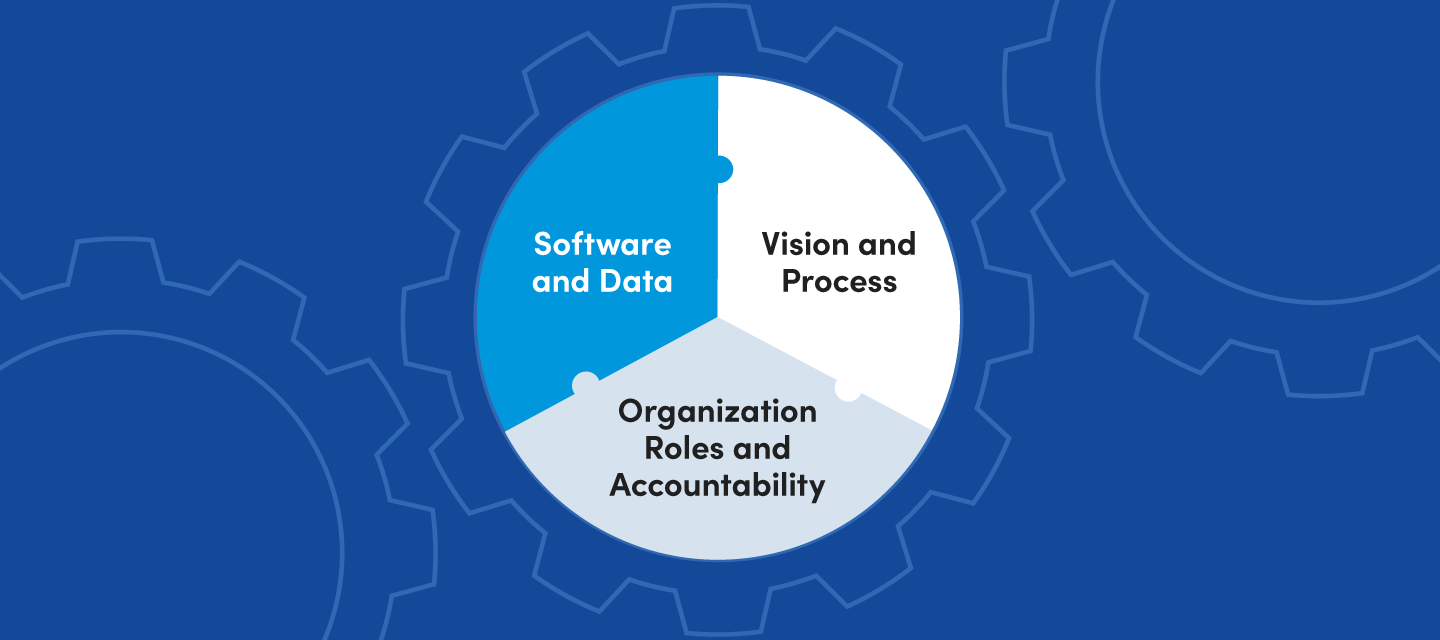Every organization, regardless of size, has assets which are operated and maintained. The ability of leadership to extract value from these assets is a key factor in their success. Leadership is also responsible for providing a clear vision of what the goals of the organization are. Asset intensive organizations will use a CMMS to assign priorities, schedule work, and conduct failure analysis. The ideal organization will use the software to support decision making. It is the best-in-class organizations that use this system in this manner to make a difference and remain competitive.
Clarification of terms
Asset management is the process of maximizing asset value in a cost-effective manner. It is also about worker productivity, safety and process efficiency. Similarly, it is important to work on the right asset at the right time with the right strategy. Key indicators for success include reliability, availability and maintainability. The CMMS provides the technology for documenting work and collecting costs, but when used wisely, it can be a difference maker in terms of advancing goals of the organization.
An asset management system includes software/data, process/procedure, and roles/responsibilities. The CMMS is a key element but the software is only as good as the surrounding process and roles.
The CMMS includes an asset registry, parts inventory, standard job plans, and preventive maintenance (PM) templates. Actual costs are tied to a work order which in turn roll up to the asset.
Problems arise however when updates are missing or incorrect. Weak procedures and unclear roles can impact reporting. Staff needs to be aligned, engaged and informed to maximize performance.

- The Institute of Asset Management
Stakeholders versus Shareholders
Stakeholders can be anyone who has a vested interest in the success of the organization – which should be everyone. Shareholders however may be solely focused on profitability and not always aware of the steps to optimize return on asset. Obviously, shareholders are important, but the best-in-class organizations have stakeholders who desire operational excellence and requires everyone to be in a state of alignment.
Operational excellence occurs when the efforts of the entire organization are in alignment with goals and objectives, and where the culture is committed to continuous improvement by design – and not by coincidence.
- Joseph Parish
Creating the ideal asset management team
The asset management team describes a future state where all stakeholders can be active participants in the reliability journey. An asset management team may include both tactical and strategic positions. Tactical positions refer to essential staff that support day-to-day operation. Strategic positions provide roles which focus on efficiency, productivity, and decision making. Both groups however can have reliability leaders who understand best how to optimize reliability within an asset management system.

Tactical positions
Most every organization has a maintenance manager. Sometimes this might be a combined role called operations and maintenance manager; or, it could be director level. Either way, this is a tactical position that ensures asset performance and worker productivity. Within the maintenance organization are maintenance supervisors, technicians and sometimes, planners. Warehouse and purchasing are also designated as essential personnel.
Strategic roles
It is the strategic roles however that enable a company to move beyond reactive maintenance and subjective analysis. An asset manager is responsible for all aspects of asset management. The business analyst (BA) helps communicate issues from the working level to the core team or IT staff. Typical tasks could be conducting short topic training, building new report specifications, and identifying CMMS enhancements. The BA also conducts error checks, surveys, and audits.
The gatekeeper (may be known as different name) is the first person to review all incoming work. If a job needs to be dispatched, he directly contacts the maintenance staff. Otherwise, all work is deemed plannable. Best-in-class organizations will have the gatekeeper assign the lead craft and apply a rough estimate. The latter ensures the entire backlog either has a rough or formal estimate on it, which makes it easier to perform backlog size/growth analysis and resource leveling for weekly schedule generation.
The core team manages the CMMS in support of asset management. They include representatives from each functional user group, such as, maintenance, operations, engineering, HSE, and materials management. They are responsible for overall utilization of the CMMS, associated procedures, training, reports, KPIs, error checking, service level agreements, and punchlist tracking. In fact, the success or failure of the CMMS is directly linked to the core team understanding of asset management.
The reliability team approach facilitates group decision-making as related to asset performance. They are often involved with root cause analysis and utilization of sensor management. More importantly, they can be used for chronic failure analysis which leverages failure data direct from the CMMS.
Reliability leaders
Reliability leaders could be anyone in the organization. Reliability leaders focus on identifying/eliminating defects, failure analysis, and empowering others by sharing knowledge. Reliability leaders are “students of asset management” and sometimes have certifications in reliability (e.g., CMRP, CRE, CRL, CMM). They may also have book libraries that discuss the hundreds of topics associated with asset management and reliability framework.
The true role of a leader is to control the aim and mission of the organization.
- Robert Waterman
Altogether, it is these strategic roles that often make the difference and enable an organization to become best-in-class.
Let me know what you think in the replies below ⤵
Post any questions too, and I’ll answer them here in the thread.










